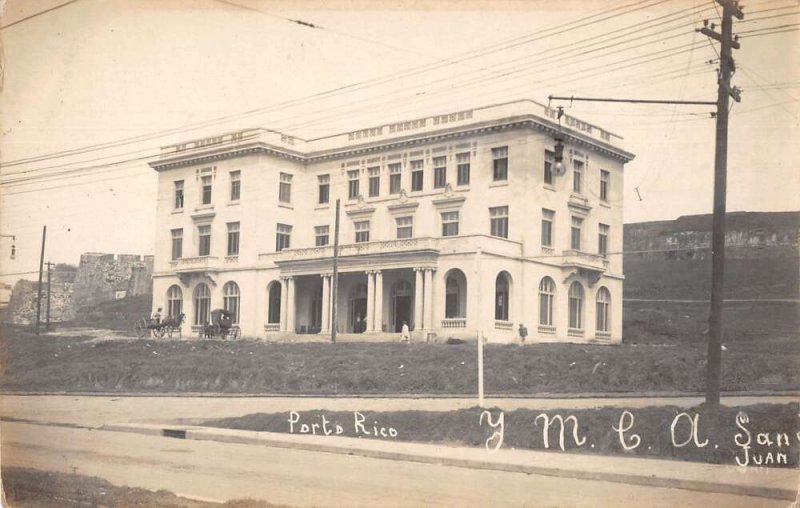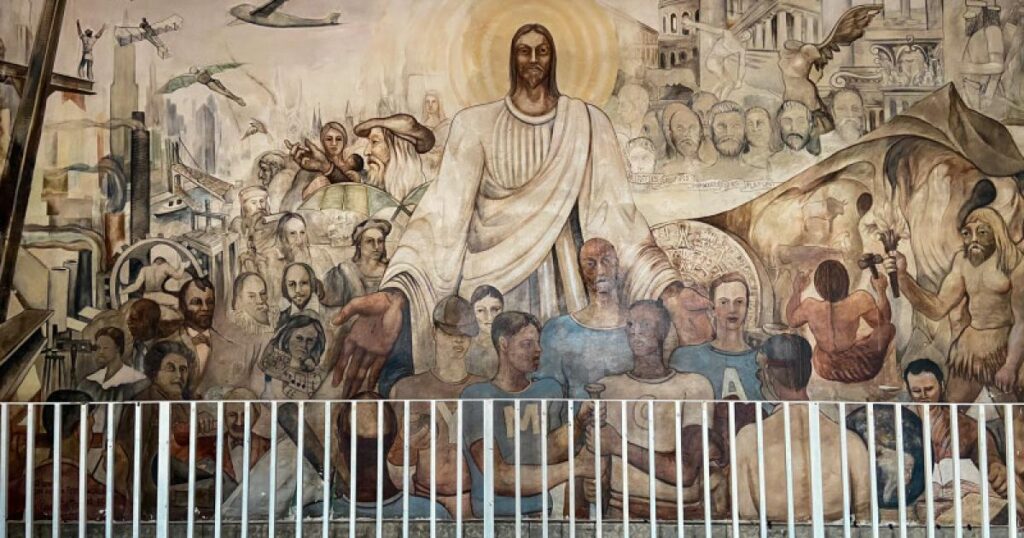“It is that this conflict (Spanish-American War) brought to the Young Men’s Christian Association an unprecedented opportunity for a mighty service to those young men who uphold the nation’s honor on land and sea.” – report from the Army and Navy Christian Committee of the YMCA
This statement best illustrates the mindset of the YMCA going into Puerto Rico, that of a civilizing mission to show the American progressive values of sportsmanship, education, and protestant Christianity. The YMCA was first set up by the Army and Navy in 1899, only a year after the end of the Spanish-American War which illustrated the importance of the YMCA to the military. While the stated mission of the YMCA is to convert young men and teach them the values of protestant Christianity, it ran into conflict with the Spanish speaking, Catholic inhabitants of Puerto Rico, thus leading to conflict and local changes made to the YMCA. The YMCA, for many Puerto Ricans, was seen as a positive benefit that came from the American occupation of the island and the organization trained many white, Hispanic, and mestizo elites on the island into accepting Americanization. Despite attacks from the Catholic Church which was the dominant institution on the island at the time, young men still went to the YMCA, seeing it as a form of progress and civilization.

Postcard of the San Juan YMCA building. The marble architecture and classical design could have been chosen to further buildup the organization as a sign of societal progress next to telephone poles opposed to the stone castle ruins and the empty field.
However, the YMCA ran into issues with its original mission of teaching English and conversion of the natives to Protestantism as the locals preferred to speak Spanish and continue their Catholic tradition. This is illustrated by head of the San Juan YMCA, William Coxhead who stated, “making the Association more of a Porto Rican institution, getting out all printed matter in Spanish, … following Latin customs as nearly as we can, catering more to the special needs and desires of the Porto Rican young men than to the foreigners.” Illustrating the unique situation of the island, Coxhead knew that the organization had to accommodate the Latin culture of Puerto Rico within the context of an American institution. Disregarding tenements of the YMCA from the continent, Coxhead did not force English education upon the young men or a forced conversion to a protestant denomination as the inhabitants were willing to only accept some aspects of American culture. The unwritten conditional rule for the continuance of American rule on the island were that the Catholic Church and the Spanish language were to remain intact, as proven by resistance from locals when the government initially attempted forced adoption of the English language. This pick-and-choose attitude forced both American institutions to acquiesce to some of the demands of the locals, especially after the civilian government in Puerto Rico increasingly was filled by natives, leading to the island accepting American sport, governance, and education, while holding on to their native language and religion.

The mural on the YMCA building in Puerto Rico illustrates its Latin roots as the mural is typically associated with Spanish, Latino, and Catholic art.